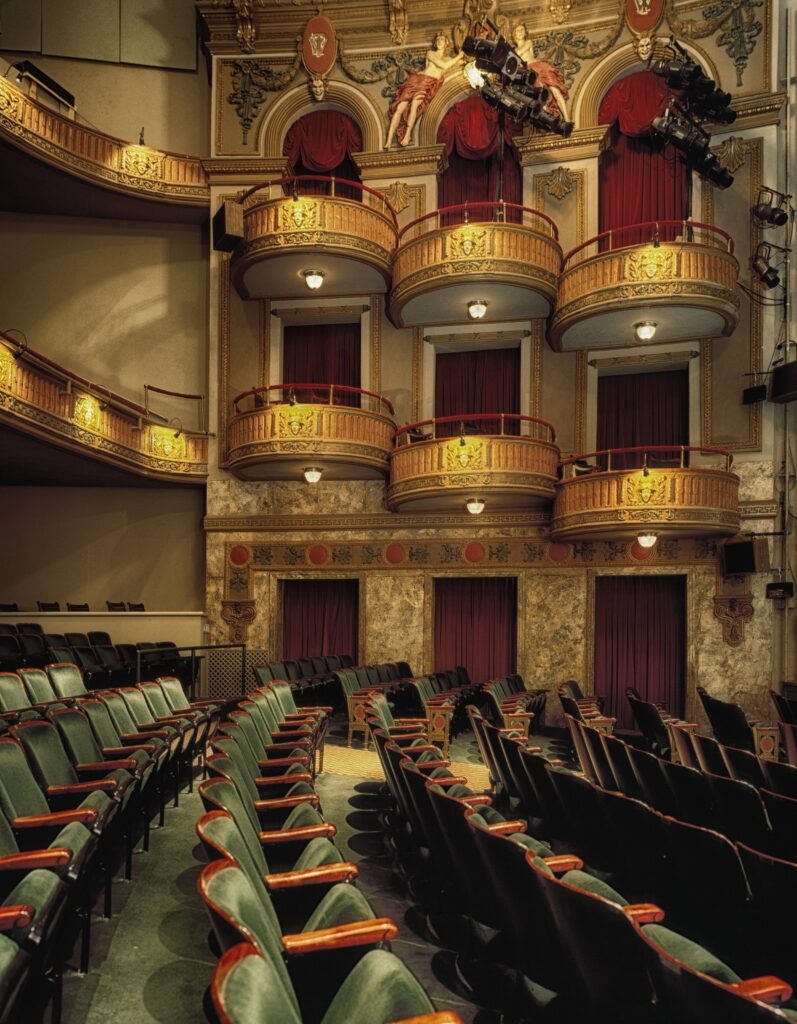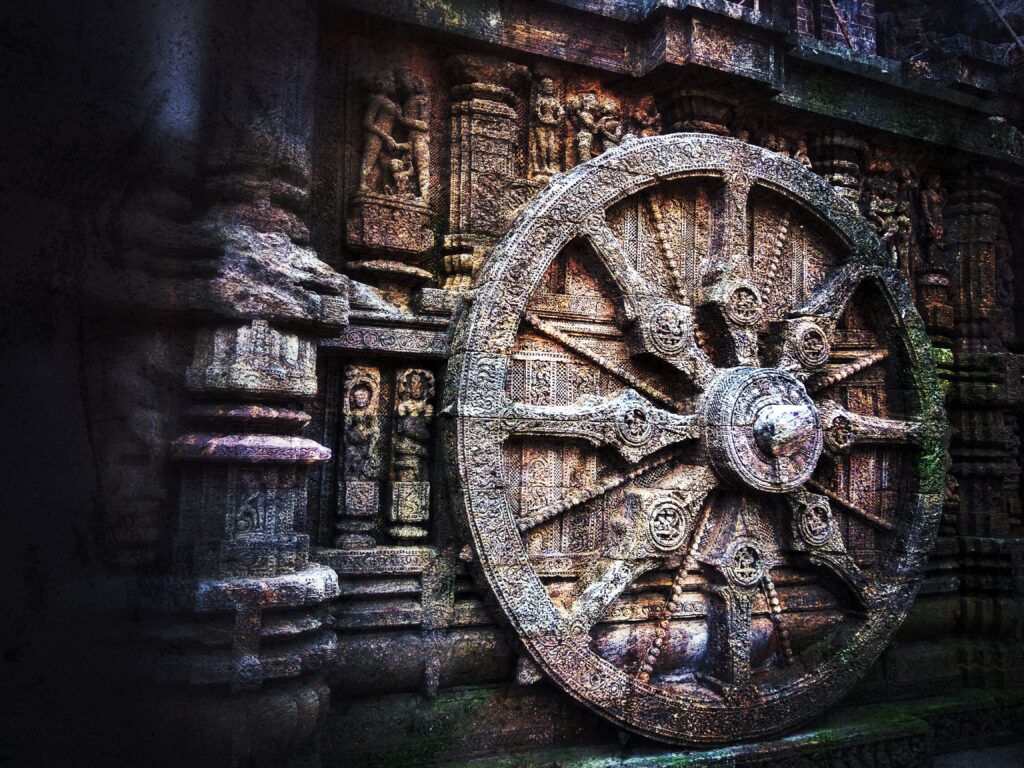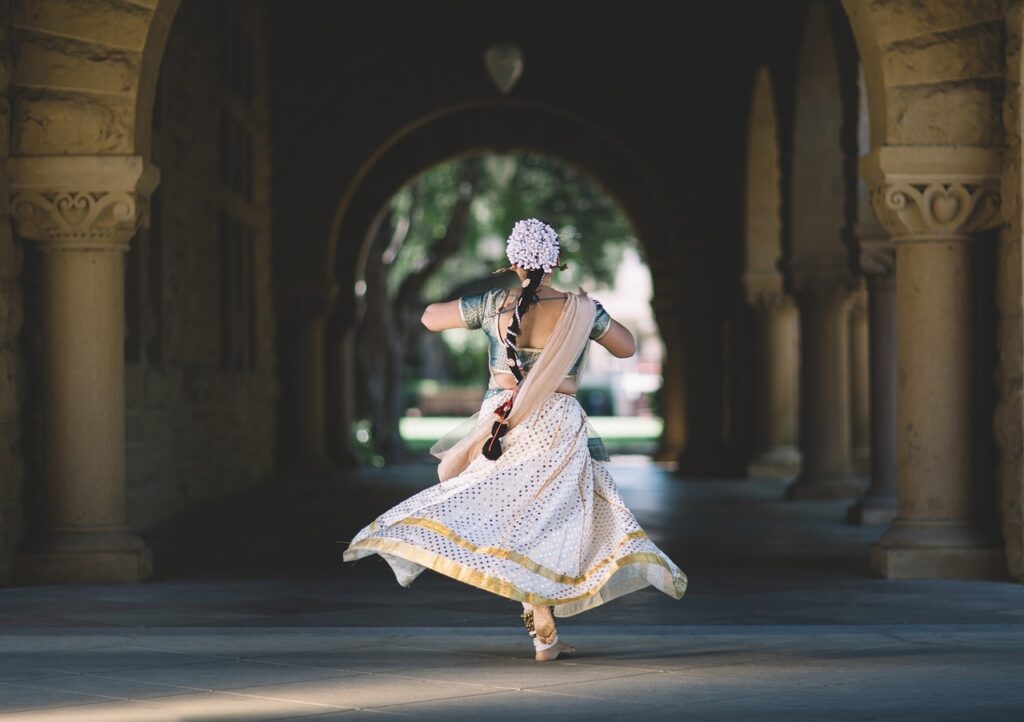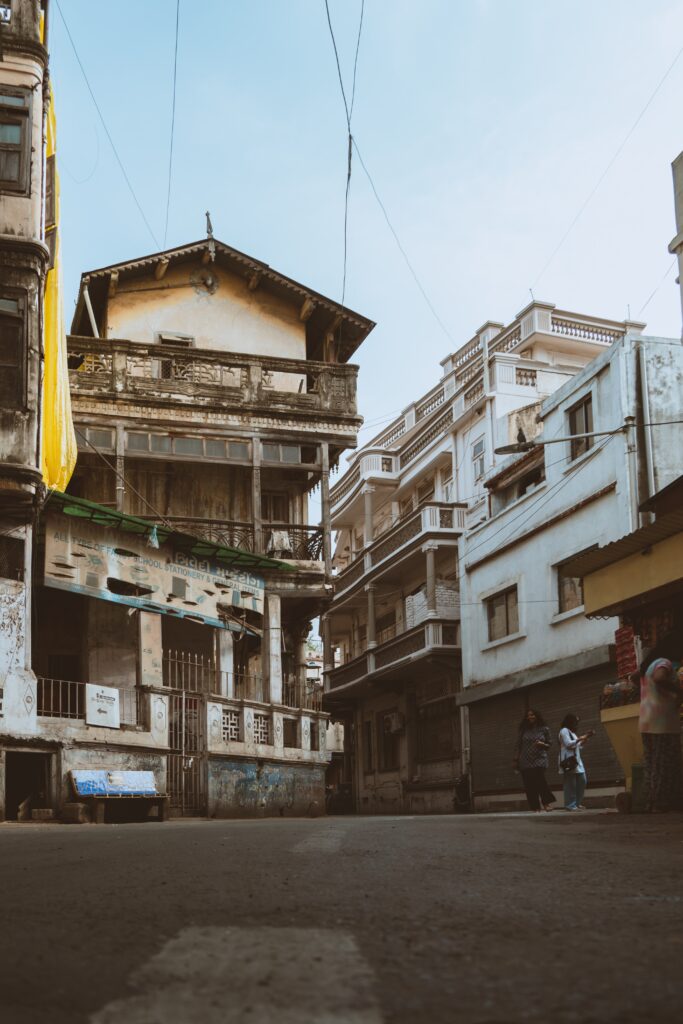
Indian theater has a rich history that can be broadly categorized into three distinct periods: the classical period, the traditional period, and the modern period. Let’s explore the Evolution of Indian Theater over the Period.
Indian theatre has a diverse and storied history dating back to the first millennium BCE. Initially rooted in ritualistic practices, it began to take formal shape through Sanskrit drama, with notable playwrights like Bhasa and Kalidasa contributing to its development. However, it faced a decline due to foreign invasions and rulers’ bans, leading to a resurgence in various folk theatre forms across different regions of India.
The 17th century brought significant changes with the British introducing elaborate sets and costumes, while the Parsi theatre infused captivating music and dance into the theatrical experience. Literary drama gained prominence thanks to playwrights like Rabindranath Tagore, and post-independence efforts by experimental and mainstream theatre artists, along with the Indian People’s Theatre Association, revitalized the art form. In addition, the leftist movement in Bengal and Kerala reshaped theatre as a political tool, with figures like Utpal Dutt playing pivotal roles.
Under the leadership of Ebrahim Alkazi, the National School of Drama underwent a significant transformation, enhancing play structures and making them more relevant to contemporary audiences. The exchange of regional dramas helped bridge geographical divides, and Prime Minister Jawaharlal Nehru’s support of the arts further contributed to theatre’s development. Despite challenges posed by television, Indian theatre has adapted and continued to thrive, preserving its significance as a cherished and flourishing art form.
Indian theater, a vibrant and diverse art form, has evolved through distinct historical periods, each marked by unique characteristics, styles, and cultural influences. Indian theater has a rich history that can be broadly categorized into three distinct periods: the classical period, the traditional period, and the modern period. Let’s explore the Evolution of Indian Theater over the Period:
1. The Classical Period:

Key Features:
a. Dominance of Natyashastra: The classical period of Indian theater was heavily influenced by the Natyashastra, an ancient Sanskrit treatise attributed to the sage Bharata Muni. This comprehensive text served as a foundational guide for all aspects of dramatic performance, including drama, dance, music, and stagecraft.
b. Sanskrit Drama: Sanskrit drama flourished during this era. Plays written in the classical Sanskrit language were a prominent form of theatrical expression. These dramas often drew upon well-known stories from Hindu epics like the Ramayana and Mahabharata, historical events, and mythology for their plots.
c. Use of Physical Elements: In classical Indian theater, physical elements and movements were integral to the performance. Actors used intricate hand gestures, body postures, and facial expressions, known as mudras and abhinaya, to convey emotions and tell the story. The Natyashastra provided a detailed framework for these physical expressions.
d. Connection to Known Stories: Classical Indian theater was deeply rooted in the retelling of stories that the audience was already familiar with. This connection to well-known narratives, including histories, folk legends, and epics, allowed the audience to engage more deeply with the characters and plots.
e. Elaborate Costumes and Makeup: The classical period saw the use of elaborate costumes, makeup, and masks to transform actors into characters from mythology and folklore. These visual elements added depth and authenticity to the performances.
Significance:
The classical period of Indian theater laid the foundation for the subsequent development of theatrical traditions in India. It established the principles of storytelling, character portrayal, and artistic expression that continue to influence Indian theater to this day. The Natyashastra, as a guidebook, ensured that the art of theater was not only preserved but also refined and elevated.
II. The Traditional Period:

Key Features:
- Regional Diversity: The traditional period, spanning from around 1000 C.E. to the colonial era, saw the emergence of diverse regional theater traditions across India. Each region developed its unique styles, languages, and performance forms.
- Devotional and Folk Themes: Theater during this period often explored devotional themes, telling stories from religious texts and mythologies. Folk theater traditions, such as the Bengali Jatra and Tamil Terukuttu, gained prominence.
- Influence of Bhakti and Sufi Movements: The Bhakti and Sufi movements profoundly influenced traditional theater. Plays and performances became platforms for religious and spiritual expression.
- Local Languages: Many regional theaters employed local languages and dialects, making theater more accessible and relatable to the local audience.
Significance:
The traditional period celebrated the diversity of India’s cultural landscape. It nurtured regional theater forms, preserving local languages and traditions. Theater played a vital role in disseminating religious and moral values, making it an integral part of community life.
III. The Modern Period:

Key Features:
- Colonial and Post-Independence Era: The modern period in Indian theater began during the colonial era and continues to the present day. It was shaped by India’s struggle for independence and its post-independence cultural evolution.
- Social and Political Themes: Modern Indian theater often explores contemporary social and political issues, addressing themes like freedom, identity, and social justice. Playwrights like Rabindranath Tagore and Girish Karnad made significant contributions.
- Experimentation and Fusion: Theater in this period witnessed experimentation with form, content, and style. The fusion of Western and Indian theatrical elements became prominent, leading to innovative productions.
- Theater as an Agent of Change: Indian theater has served as a powerful medium for social change, raising awareness about critical issues and inspiring activism.
Significance:
The modern period reflects India’s dynamic and ever-evolving cultural landscape. It demonstrates the adaptability of theater as a medium for addressing contemporary challenges and aspirations, making it a vital component of India’s artistic and social discourse.
The evolution of Indian Theater over the Period has traversed a remarkable journey through its classical, traditional, and modern phases. Each era has contributed to the rich tapestry of India’s theatrical heritage, reflecting its cultural diversity, historical evolution, and the enduring power of storytelling and artistic expression. As Indian theater continues to evolve, it remains a vibrant and influential art form, connecting generations and communities through the magic of the stage.
About the Author: – Neha Khunteta
Neha Khunteta is a highly experienced Kathak dancer and trainer with over 15 years of experience. She is the founder of Kathak By Neha, one of the Best Kathak Dance Academies. With her profound expertise and experience, Neha has established herself as one of the foremost educators in Kathak.
If you are interested in learning more about Kathak dance or finding out about Neha’s upcoming workshops and classes, please visit her website or contact her through the details provided in the blog.
Should you require further assistance or insights, please don’t hesitate to reach out to us through the following channels: contact us on
Email: neha@kathakbyneha.in or contact: +91-8619116616
Stay connected with us on Quora, Instagram, Facebook, and subscribe Youtube channel for enriching video content.
